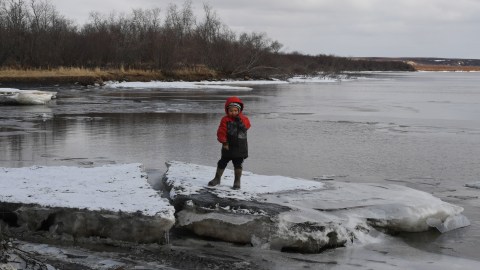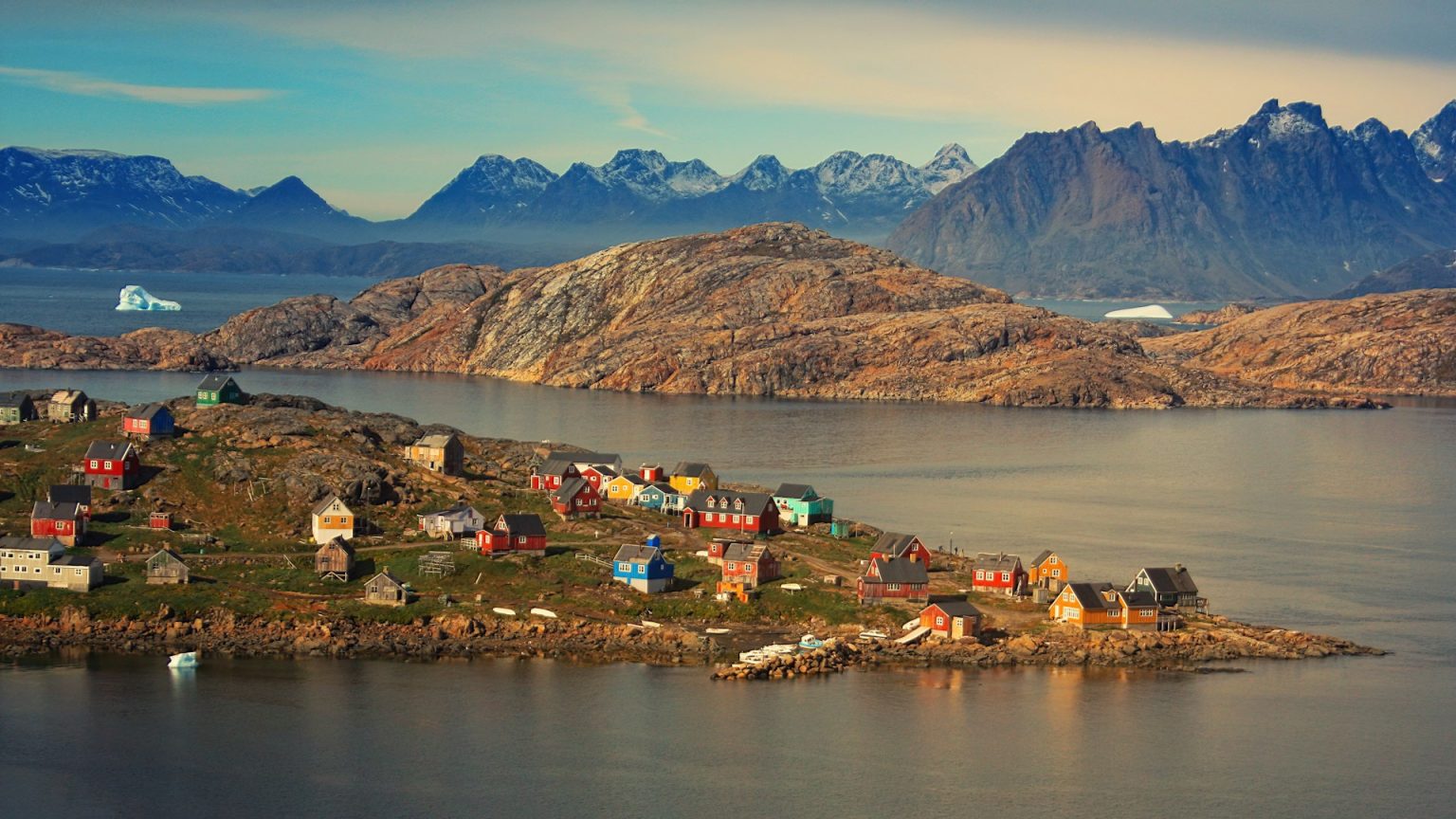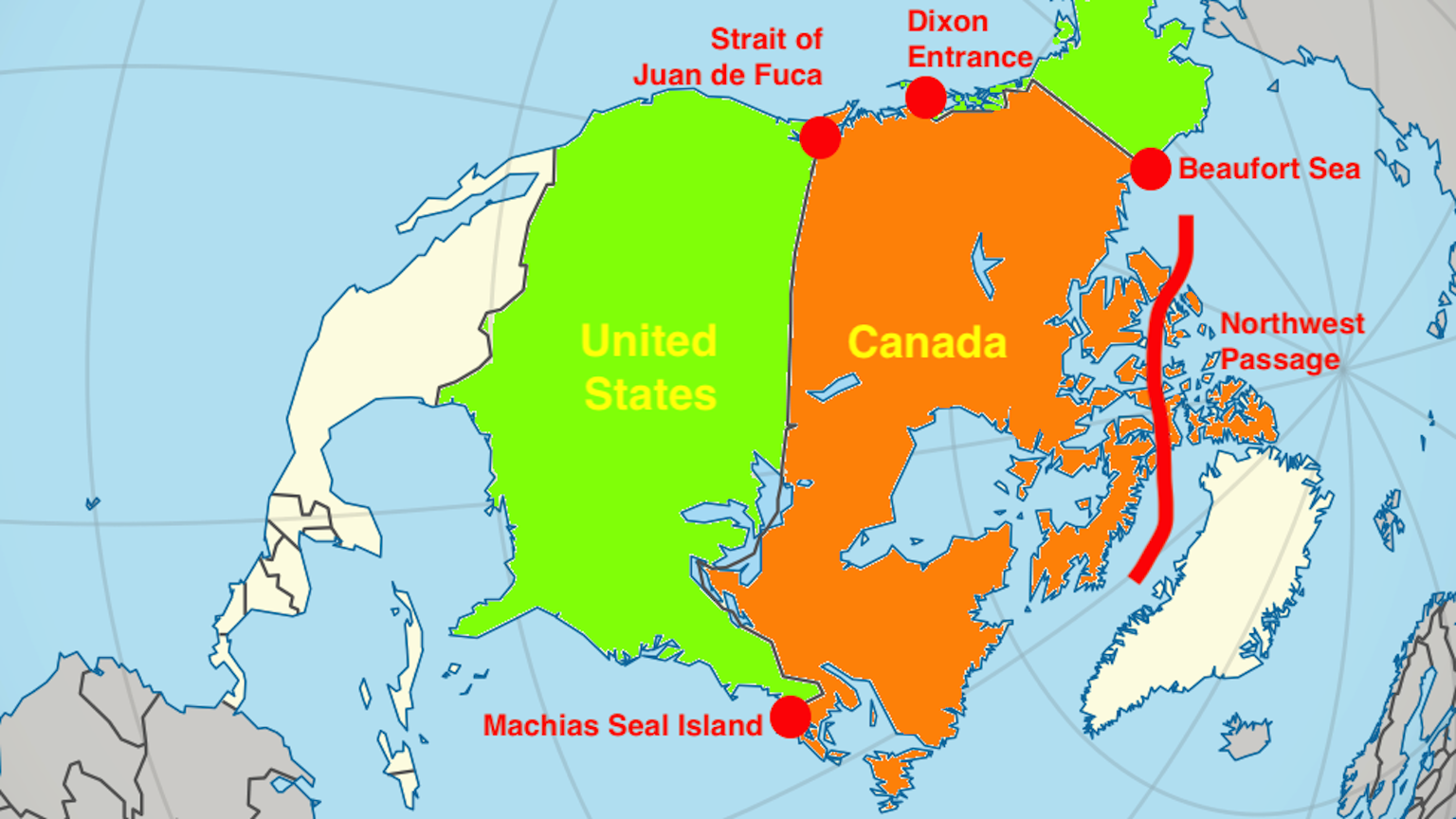Permafrost is melting 70 years earlier than expected in Arctic Canada

MARK RALSTON/Contributor
- A team of researchers discovered that permafrost in Northern Canada is melting at unusually fast rates.
- This can cause dangerous and costly erosion, and it’s likely speeding up climate change because thawing permafrost releases heat-trapping gasses into the atmosphere.
- This week, Canada’s House of Commons declared a national climate emergency.
A new study shows that permafrost in the Canadian Arctic is melting 70 years earlier than predicted. The melting was triggered by a series of unusually hot summers, said researchers from the University of Alaska Fairbanks, who measured the thawing while visiting remote outposts in Northern Canada. “What we saw was amazing,” Prof. Vladimir E. Romanovsky told Reuters. “It’s an indication that the climate is now warmer than at any time in the last 5,000 or more years.”
Permafrost is ground that’s been frozen for two or more consecutive years. This frozen soil helps to structurally support mountain ranges and slopes. “Think of permafrost as sort of the glue that holds the northern landscape together,” permafrost scientist Steve Kokelj told CBC.
When permafrost thaws quickly, it not only causes landscapes to erode, but also releases tons of heat-trapping gasses into the atmosphere. This can start a dangerous feedback loop that speeds up climate change and threatens the ability to maintain and build new infrastructure.
For example, there were 87 landslides in one night in Canada’s Northwest Territories. Nobody was injured in those remote areas, but Canadian climate scientists have a saying: “What happens in the North doesn’t stay in the North.”
“It’s a canary in the coalmine,” Louise Farquharson, a post-doctoral researcher and co-author of the study, told Reuters. “It’s very likely that this phenomenon is affecting a much more extensive region and that’s what we’re going to look at next.”
Thawing permafrost might already be limiting where new buildings and infrastructure can be built.
“We have to figure out what we’re going to do in the future,” Aurora Research Institute professor Chris Burn told CBC. “Because otherwise, when we make an investment in a building [or road] which is meant to last 50 years, if in 15 years it’s no good we’ve wasted a huge amount of resources.”
A ‘climate emergency’ in Canada
Canada is especially vulnerable to climate change. A report issued in April from the Environment and Climate Change Canada said that Canada is warming twice as quickly as the rest of the world, but that the warming is “effectively irreversible.” This week, Canada’s House of Commons voted to declare a national climate emergency.
“This is a national security issue, it is time we started treating it as one,” wrote Green Party Leader Elizabeth May on Twitter.
Jennifer Morgan, Executive Director of Greenpeace International, echoed a similar sense of urgency to Reuters. “Thawing permafrost is one of the tipping points for climate breakdown and it’s happening before our very eyes,” she said. “This premature thawing is another clear signal that we must decarbonize our economies, and immediately.”





